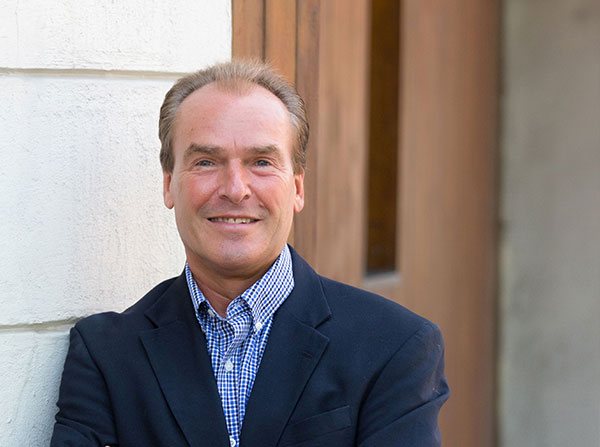In corporate settings, it is taken for granted that “strategic leadership development” is central to succession planning—they are constantly working on developing a pool of leaders who will be ready to run corporate divisions, tackle transformational projects, or become the next CEO. Smooth transitions and successful operations require building leaders across the organization and not just “grooming” the next CEO.
Contrast that with nonprofit organizations where the focus of succession planning is usually limited to determining how best to complete a successful hiring process to replace the retiring chief executive. The kind of strategic leadership development that the best corporations employ is largely absent—limited to the occasional workshop or a half-dozen sessions as part of a “leadership development program.”
To further explore the idea of “strategic leadership development” as a succession planning strategy, in 2015 I conducted a brief interview with Kathy Hunt, who was, at that time, leading our firm’s leadership and team development efforts. While Kathy is no longer with Starboard, due to medical reasons, her expertise and knowledge are obvious in the exchange that follows:
Kathy, I’ve suggested that the definition of succession planning needs to shift from being defined as an activity that is done to prepare for an individual leader’s departure or replacement to an ongoing effort to prepare the organization for whatever it might face. What are your thoughts on this?
The term that I like to use is “planning for leadership continuity,” and successful organizations work at it all the time, not just when there is an impending leadership transition. If we are going to be prepared for the unexpected, and if nonprofits are going to successfully meet the evolving needs and goals of their clientele and the communities they serve, then leadership has to be instilled at every level of the organization, not just the top. Successful succession planning, or leadership continuity, depends greatly upon having a talent strategy that encompasses in-house training, how people are recognized and rewarded—and for what—and how they learn and grow on the job on a daily/weekly basis.
There are many leadership development programs here in Maine and throughout the country that are highly regarded. Are we talking about something different here, or is this just a matter of moving key members of these organizations through one or more of these programs?
Planning for and building leadership continuity definitely involves making investments in the capacity and skills of individuals within our organizations. External leadership development programs can be very helpful in this regard, but the number one way in which people grow and develop professionally is as a result of successfully fulfilling their organizational roles and responsibilities. In other words, organizations need to bring a much stronger focus to how “on-the-job” learning happens. The lasting keys are encompassed within managerial effectiveness: effective delegation, coaching, timely feedback and by being giving employees ever-increasing responsibilities to ensure there is always an appropriate “stretch” element to the growth path that they are on.
We hear it all the time: “I’d like to, but I don’t have the time.” Whether it is a lack of time or a limited budget, is it realistic to think that nonprofit organizations can afford to engage in the kind of leadership development you are describing?
Not having the time or budget is not only a mythology but a huge rationalization. Most of the work of leadership continuity that I’ve described here doesn’t take money; but it does take managers and leaders who understand that their job is about people—delegating meaningful work, creating motivating environments, coaching employees up or out, and assuring there is learning and feedback on a routine basis. Most managers believe the key lies in fancy programs. Truthfully, most of what needs to be done lies in the nuts and bolts of effective leadership and management. Lack of will and lack of skill to lead in this way are the real issues.
The board hires the chief executive with the expectation that he or she will manage the staff, including their professional development. While we might call it “succession planning,” aren’t we really describing professional development responsibilities that should be left to the chief executive? Is there any role for the board here?
While the Board should never get involved in determining the growth plans of individual employees, it is the Board’s obligation to assure that planning for and building leadership continuity is an organizational priority. This starts by creating a budgetary allocation (and it can be modest, e.g., 1% or so). The second task is to support the chief executive and demand that she or he have an explicit leadership development plan—there’s no such thing as the status quo. And the third is to hold the leader accountable for establishing growth plans for each of her/his direct reports that set an expectation and tone throughout the organization that says, “we are all leaders here” and we are all expected to learn and grow in our leadership effectiveness.






